
Photos courtesy of Sam Klimas.
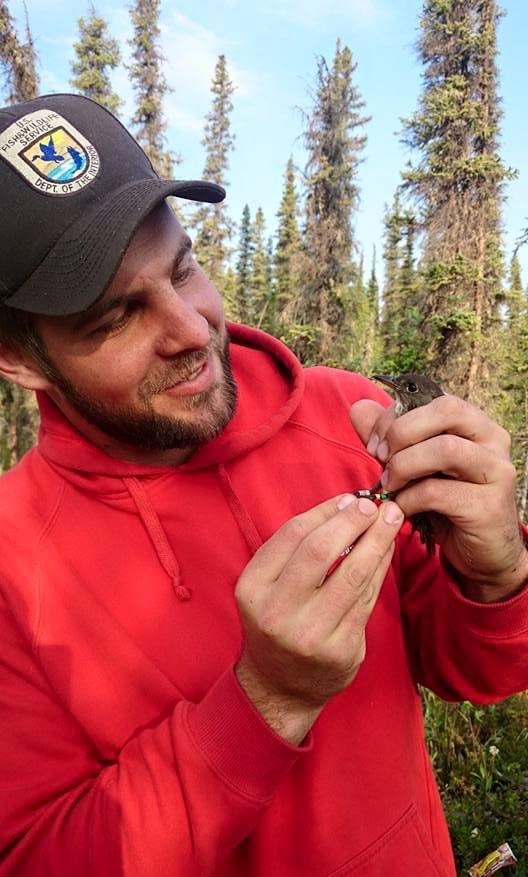
Sam Klimas is a firm believer in the adage “Find a job you enjoy doing, and you will never have to work a day in your life.” Growing up in the St. Paul, Minnesota area, he started hunting and fishing at the age of 12. When it came time to choose a career he wanted one that blended his personal interests and hobbies, and allowed him to be outdoors working with animals.
An Illinois Department of Natural Resources District Wildlife Biologist since April 2020, Klimas’ career started by earning a Bachelor of Science degree in Wildlife Ecology from the University of Wisconsin Stevens Point. Prior to attending graduate school at Western Illinois University (WIU), Klimas embraced something he recommends all wildlife resource career hopefuls do—amass a toolbox of skills through experiences with a broad range of resource professionals.
“I believe that a strong and effective resource manager is one who takes every opportunity to work with site managers, biologists, Conservation Police Officers, and the general public,” Klimas explained. “The more experiences you have, and the more people you work with, the better you will be as a natural resource manager.”
For the four years between undergraduate and graduate school Klimas traveled the country working on numerous wildlife research projects. In Alaska he worked with the U.S. Fish and Wildlife Service and Alaska Department of Fish and Game on songbird, raptor and waterfowl research. His waterfowl experiences continued while working with the California Department of Fish and Wildlife and California Waterfowl Association studying pintails, Aleutian geese and white-fronted geese. Yet another stint was spent trapping and banding waterfowl with the Minnesota Department of Natural Resources. Broadening his skills, Klimas worked on wild turkey research projects with the Missouri Department of Conservation and the University of Wisconsin. Both projects exposed him to issues related to wild turkey survival and habitat use.

With a diversity of hands-on experiences under his belt, Klimas was accepted into a program to earn a master’s degree. His research on the spring foraging ecology of green-winged teal was conducted through a partnership with WIU and the Illinois Natural History Survey’s (INHS) Forbes Biological Field Station.
As the IDNR biologist covering Bureau, Stark, Putnam, Marshall and Woodford counties, Klimas enjoys continuing his work on wetland habitats and the wildlife they support.
“My district encompasses a number of backwater lakes along the Illinois River,” Klimas said. “These sites have, for decades, suffered from multiple anthropomorphic stressors—pollution, sedimentation, flooding—that have impacted the quality of habitats for wetland-dependent species. I appreciate having the opportunity to work with land managers and other biologists to promote the development of habitats desirable to migrating waterfowl.”
An excellent opportunity arose in 2020 when rehabilitation of locks and dams along the Illinois River kept the water low, allowing for rehabilitation of wetland infrastructures and development of high quality moist-soil plants in those wetlands.
“The river really cooperated with us this summer and because of that we have thousands of acres of high-quality duck food from Peoria Lake up to the big bend in the Illinois river,” Klimas remarked. “Assessing the value of these food resources will come as we monitor the INHS aerial waterfowl surveys and harvest data.”

Klimas revels in a career where no two days are alike. His duties require that he inventory state-owned and -managed lands and meet with land managers and other biologists, as well as a diversity of constituent groups, to determine how the landscape can best serve outdoor enthusiasts that include hunters, anglers, hikers, birdwatchers and more. Some days he is coaching landowners on how to improve the habitat quality of their lands. Other days may be devoted to implementing a prescribed burn, working with native plants, or trapping and banding waterfowl or mourning doves.
When asked to recount a memorable day in the field, Klimas recalled a long, hot and tiring day conducting a prescribed burn at Marshall State Fish and Wildlife Area.
“That day we were burning a large tract of forested bluffs to remove the exotic, invasive bush honeysuckle and leaf litter, with the ultimate goal of promoting the growth of native plants that provide high-quality nutritional foods for everything from pollinators to songbirds and from turkeys to deer and more,” Klimas explained. “I take great satisfaction watching how an exhausting day can so quickly benefit the natural resources.”
Sam Klimas is enjoying a satisfying career that he hopes will end feeling like he’s ‘never worked a day in his life.’
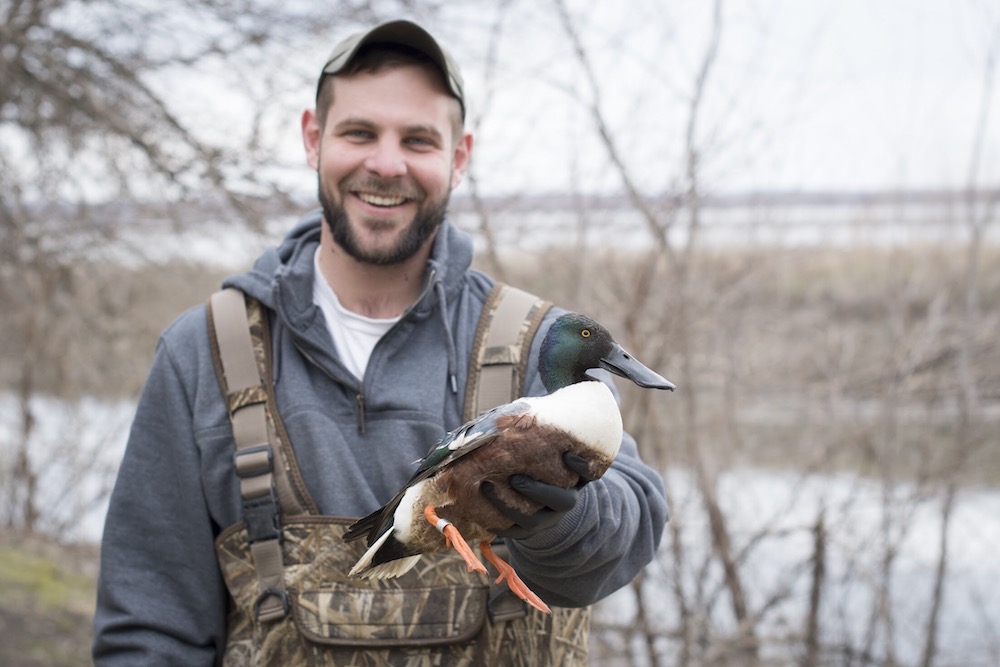
Kathy Andrews Wright retired from the Illinois Department of Natural Resources where she was editor of OutdoorIllinois magazine. She is currently the editor of OutdoorIllinois Journal.




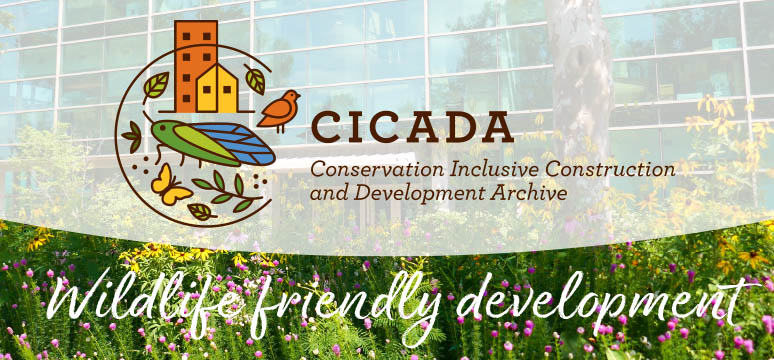
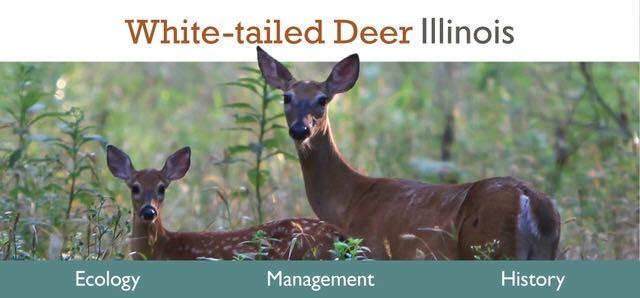

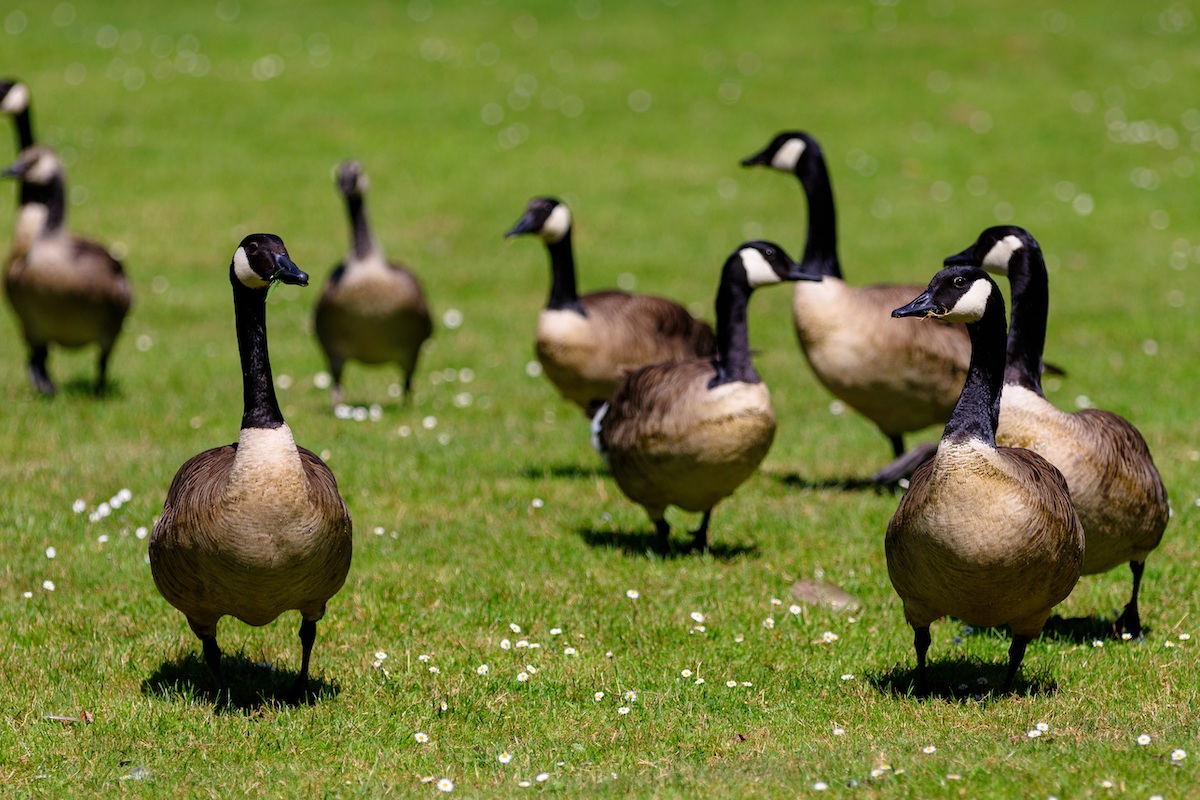


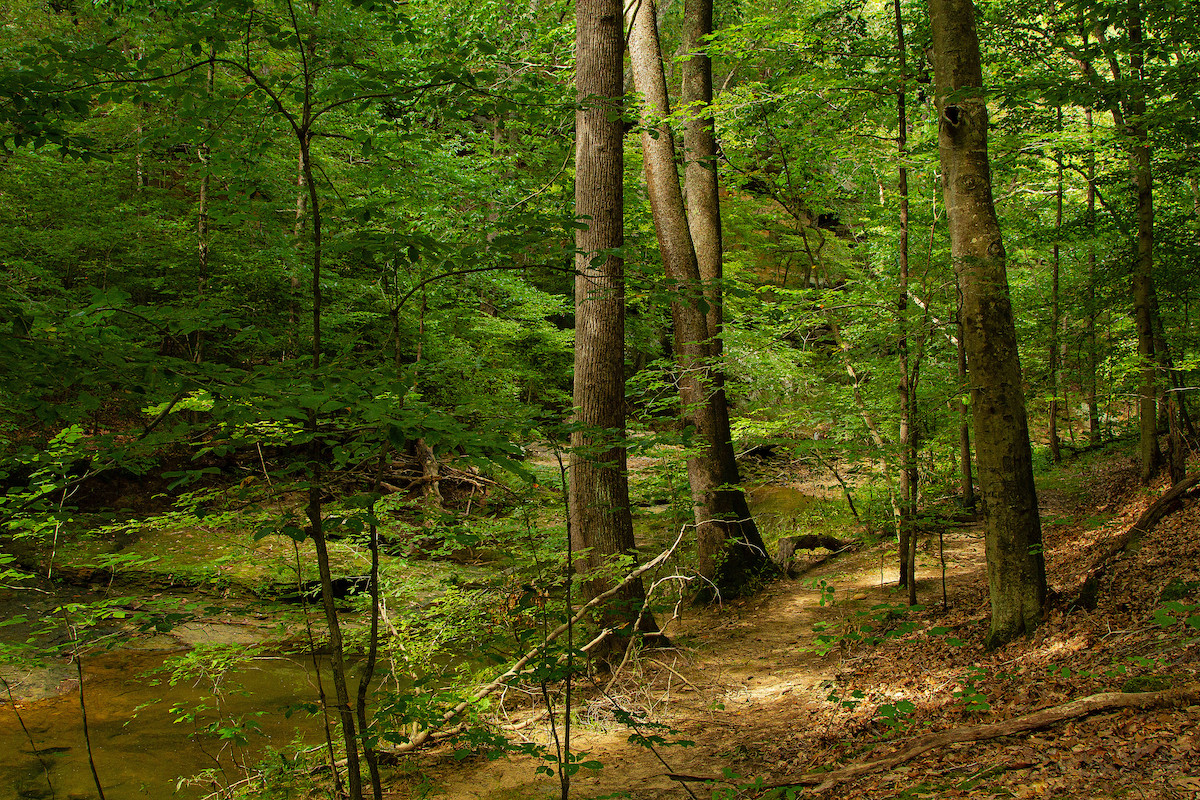
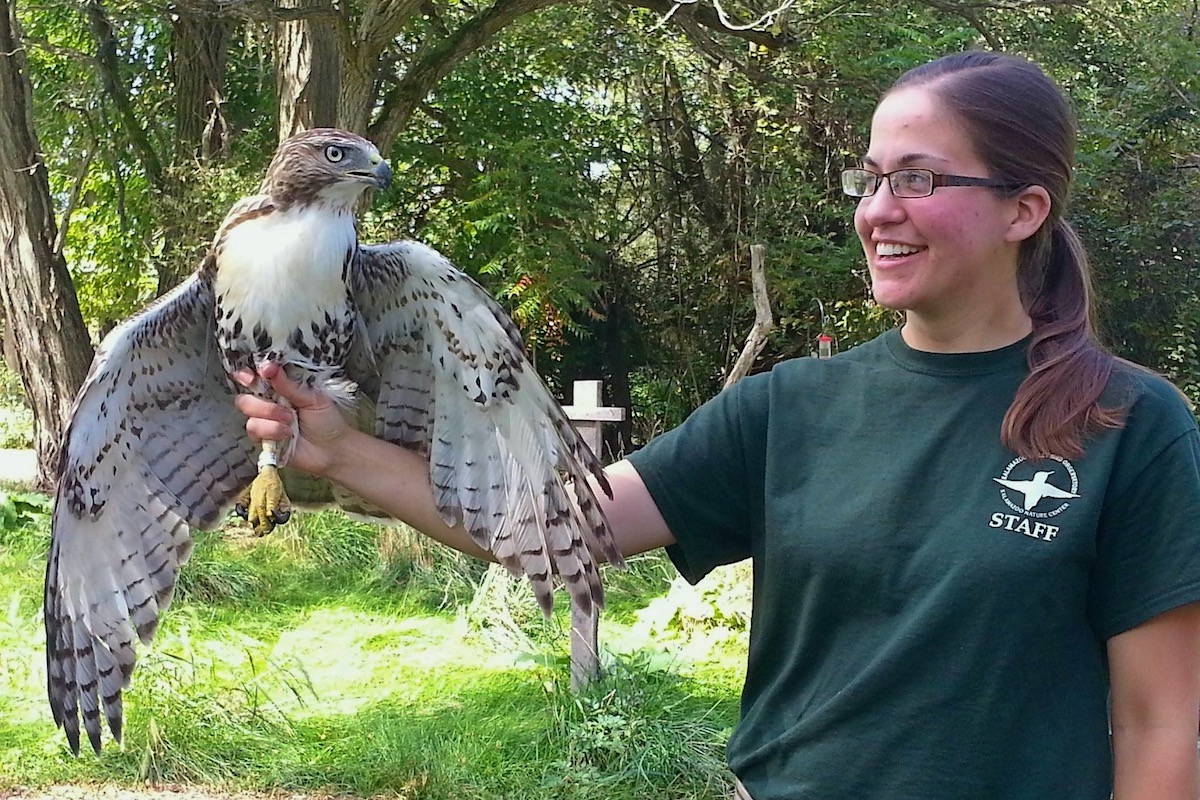



Submit a question for the author